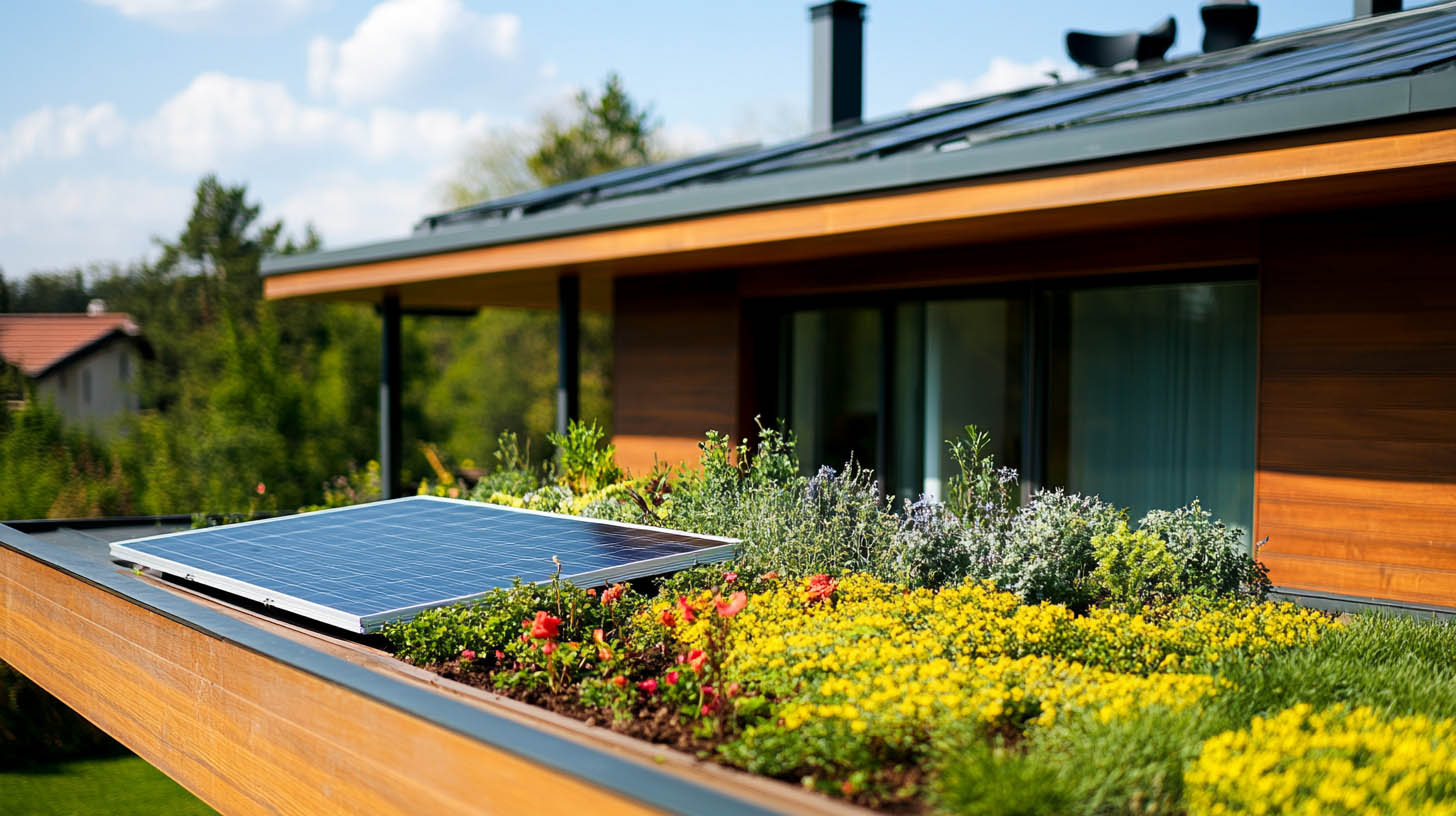
Reducing environmental impact while improving your home is more accessible than ever. Rainstoppers Roofing in Charleston, WV, offers eco-friendly roofing solutions to help you achieve sustainability without compromising on durability or style.
1. Choose Sustainable Roofing Materials
Metal Roofing
Metal roofing is a standout choice for eco-conscious homeowners. Known for its durability and recyclability, metal roofs can last up to 70 years. They are often made from recycled content and can be recycled again at the end of their lifespan.
Did you know? A metal roof can reduce cooling costs by up to 25% due to its reflective properties.
Asphalt Shingles
Asphalt shingles remain the top roofing material in the U.S. and are recyclable. After their lifespan, they are repurposed into asphalt for roads or new roofing materials, reducing landfill waste.
2. Opt for Energy-Efficient Colors
Roof color affects your home’s energy efficiency. Light-colored roofing materials reflect solar heat, helping to keep your home cooler in summer and reducing reliance on air conditioning.
- Light Colors: Reflect sunlight, lowering cooling costs.
- Darker Colors: Absorb heat, suitable for colder climates to retain warmth.
3. Focus on Longevity and Maintenance
Long-lasting roofs reduce the frequency of replacements, conserving resources and reducing environmental impact. Opting for durable materials like metal or slate ensures your roof stays intact for decades with minimal maintenance.
Benefits of Eco-Friendly Roofing
- Reduced Carbon Footprint: By recycling materials and improving energy efficiency, you lower greenhouse gas emissions.
- Cost Savings: Energy-efficient roofs reduce utility bills while sustainable materials minimize maintenance costs.
- Increased Property Value: Green homes are increasingly attractive to environmentally conscious buyers.
FAQs
How do I know if my roofing material is recyclable?
To determine whether your roofing material is recyclable, check with your contractor or manufacturer for information on the specific materials used. Many modern roofing options, such as metal, clay tiles, and certain types of asphalt shingles, are recyclable. It’s important to confirm with your roofing professional or the material manufacturer to ensure that the materials used can be repurposed at the end of their lifespan. Recyclable roofing materials help reduce landfill waste and can contribute to a more sustainable building lifecycle.
Are green roofs expensive to install?
While green roofs can have higher initial installation costs compared to traditional roofing options, they offer long-term benefits that often justify the investment. Green roofs provide insulation, reduce heating and cooling costs, and help manage stormwater by absorbing rainwater, which can result in significant savings over time. Additionally, they can increase the lifespan of the roof and improve air quality. The long-term savings in energy efficiency, along with potential tax incentives for sustainable building practices, often make the upfront costs worth it.
What roofing material is best for eco-friendliness?
For homeowners looking to minimize their environmental impact, metal roofing and recycled asphalt shingles are two of the best options. Metal roofs are highly durable, energy-efficient, and made from recyclable materials, offering a long lifespan and minimal environmental impact. Recycled asphalt shingles are made from repurposed materials and provide similar durability and cost-effectiveness as traditional asphalt shingles, but with less environmental burden. Both materials are excellent choices for sustainable roofing solutions, reducing both energy costs and landfill waste.
Conclusion
Eco-friendly roofing upgrades enhance your home’s sustainability, efficiency, and value. Contact Rainstoppers Roofing today to explore sustainable roofing options that align with your green goals and aesthetic preferences.To learn how long a roof replacement takes and get the answers you need, click here.
